Visiting the Sacred Valley of the Incas in July is one of the best months, as it offers sunny days, dry weather and pleasant temperatures during the day. In addition, you will find a wide variety of cultural activities and natural landscapes worth exploring. Below, we share with you all the information you need to organize your trip smoothly: from what the weather will be like and what to wear, to the most important places you should include in your itinerary.
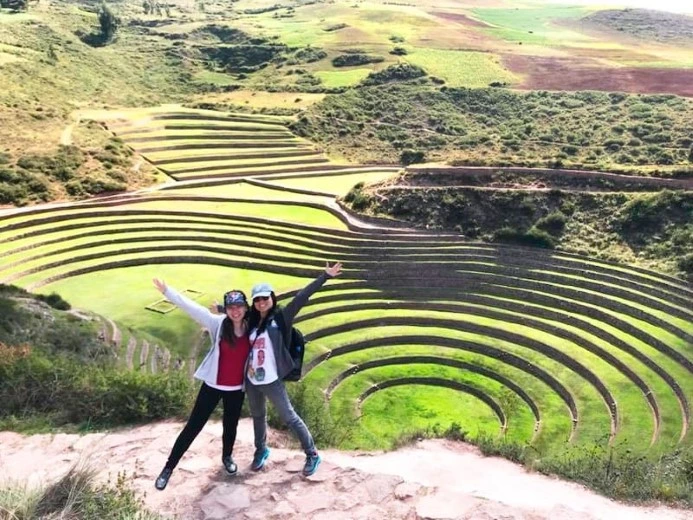
Advantages of Visiting the Sacred Valley of the Incas in July
- Dry and stable weather: July is part of the dry season in the Andean region, with very low chances of rain and clear skies that make outdoor excursions easier.
- Pleasant daytime temperatures: Daytime averages hover around 68°F (20°C), ideal for walking and exploring archaeological sites without the extreme heat of other seasons.
- Better visibility: Clear skies allow for uninterrupted views of the mountains and Andean landscapes—perfect for photography and ruins sightseeing.
- Low precipitation: With almost no rain, hikes and outdoor activities can be fully enjoyed without interruptions.
- High season but still manageable: While July is high season, the Sacred Valley is not as crowded as Machu Picchu, making it more comfortable to explore than other nearby destinations.
Disadvantages of Visiting the Sacred Valley of the Incas in July
- Cold nights: Nighttime temperatures can drop to around 34°F (1°C) in some areas, so proper cold-weather gear is essential.
- Increased tourist traffic: As it coincides with the dry season and summer vacations in the northern hemisphere, some accommodations and tours may sell out in advance.
- High UV exposure: The UV index can reach levels between 10 and 13, which means a high risk of sunburn without proper skin protection.
- Significant altitude: The valley sits between 8,900 and 9,420 feet (2,715–2,871 meters) above sea level, which may cause altitude sickness in sensitive individuals.
- Sun protection is essential: With a UV index reaching very high levels (around 10), it’s easy to get sunburned without proper protection.
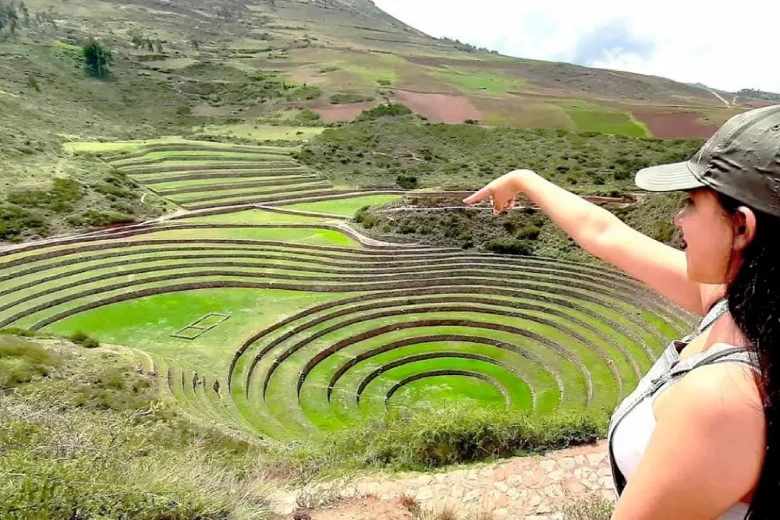
Weather in the Sacred Valley of the Incas in July
July is one of the driest months in the Sacred Valley, with virtually no rainfall and clear skies throughout most of the day. There is a marked temperature range: while daytime temperatures average around 68°F (20°C), nighttime temperatures can drop as low as 34°F (1°C) in towns like Maras or Moray.
- Daytime highs: 64–70°F (18–21°C), comfortable for hikes and archaeological site visits.
- Nighttime lows: 34–45°F (1–7°C), depending on the area—so bring warm clothing for evenings.
- UV index: Between 10 and 13, considered very high to extreme; continuous sun protection is recommended.
- Daylight hours: Around 11 hours of sunlight daily, with sunrise near 6:00 a.m. and sunset around 6:00 p.m.
This combination of dry, sunny weather with a sharp day-night contrast makes July an ideal month for outdoor activities, as long as precautions are taken against cold nights and UV exposure.
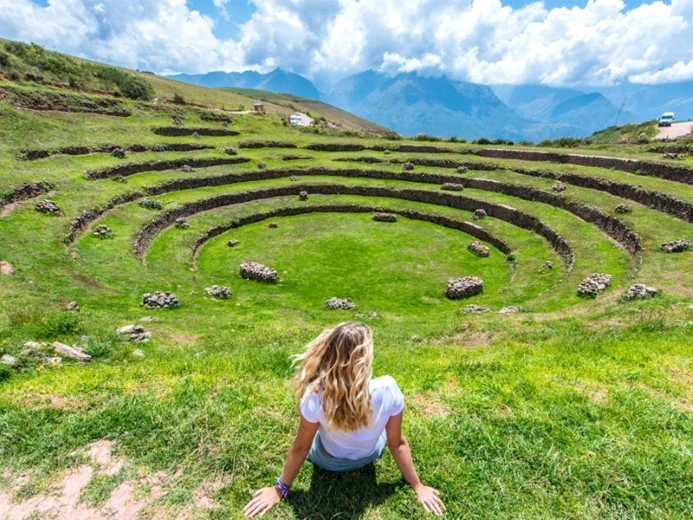
What to Pack for the Sacred Valley in July
To make the most of your trip in July and adapt to the changing temperatures, we recommend packing the following:
- Layered clothing: Breathable short- and long-sleeved shirts, a fleece or sweater, and a windbreaker or light jacket for cooler nights.
- Sun protection: UV-filter sunglasses, a wide-brimmed hat or cap, and high-SPF sunscreen (SPF 50+), which should be reapplied frequently.
- Comfortable footwear: Hiking boots or shoes with good grip, and cotton or thermal socks for treks on uneven terrain.
- Hydration and snacks: A reusable water bottle and energy bars or dried fruits to recharge during excursions.
- Personal items: Basic medications (including for altitude sickness), a camera, power bank, and documents (passport, travel insurance).
- Daypack: Lightweight and water-resistant, to carry your clothing layers, water, and gear while exploring sites.
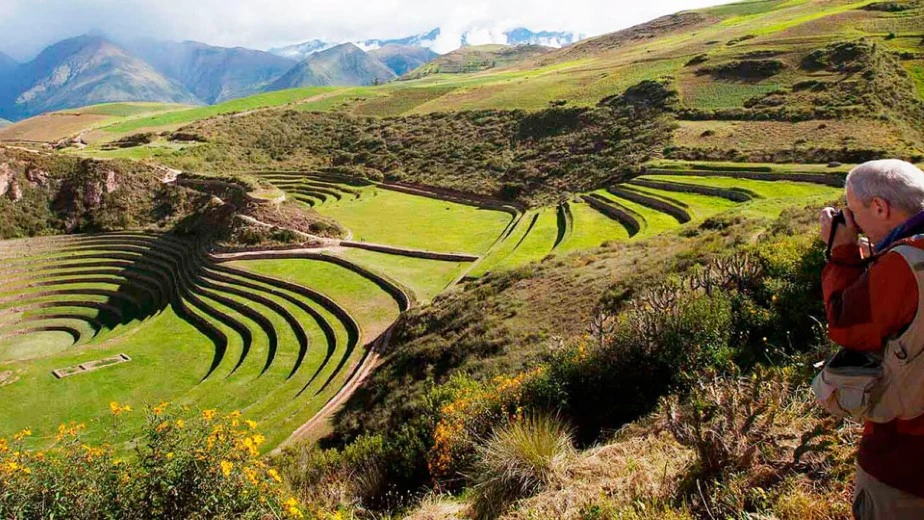
What to See in the Sacred Valley of the Incas in July
July offers the best visibility and accessibility to the Sacred Valley’s main attractions. Here’s a list of must-see places:
- Pisac: Famous for its agricultural terraces and colorful craft market—great for buying textiles and ceramics.
- Ollantaytambo: Inca fortress with impressive stone walls and a train station to Machu Picchu—starting point for many excursions.
- Maras Salt Mines: Over 3,000 salt pools arranged in terraces, creating a stunning white patchwork across the Andean landscape.
- Moray: Concentric agricultural terraces used for Inca crop experimentation, showcasing ancient knowledge of altitude farming.
- Chinchero: A traditional town known for its textile market and colonial church with Andean murals.
- Urubamba: The valley’s central town, with options for eco and food tours, and a good base for exploring the area.
Frequently Asked Questions about the Sacred Valley of the Incas in July
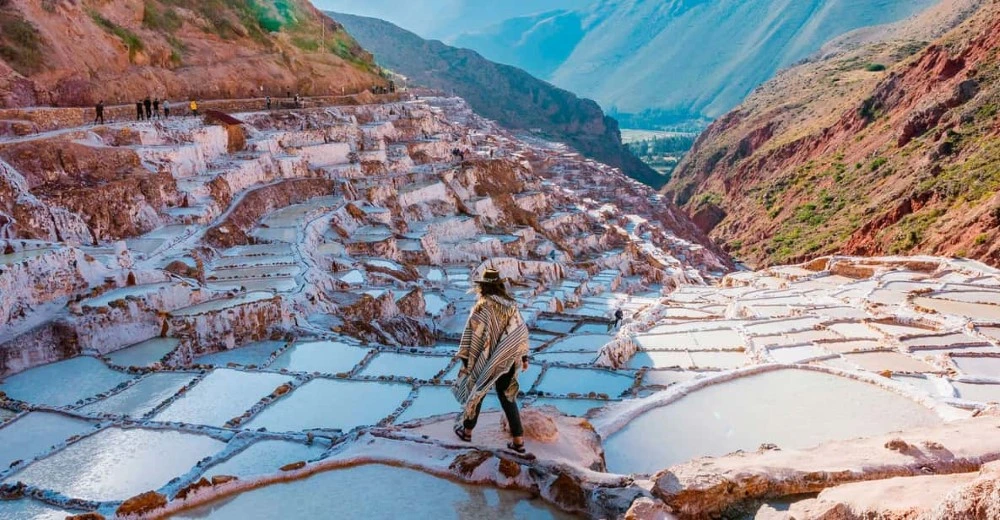
1. Is it safe to travel to the Sacred Valley of the Incas in July?
Yes, July falls within the dry season and is one of the safest months for outdoor activities, with a low chance of rain and minimal risk of landslides.
2. How can I avoid altitude sickness in the Sacred Valley of the Incas?
To reduce the risk of altitude sickness, it’s recommended to acclimatize before exploring the valley. You can spend a night in Cusco (11,150 ft / 3,400 m) or Urubamba (9,180 ft / 2,800 m), where your body begins to adapt better. It’s also important to drink plenty of water, avoid heavy meals upon arrival, and get good rest. If symptoms appear, some travelers take ibuprofen or acetazolamide—but always with medical advice.
3. What is the best time to visit the Maras Salt Mines?
The best time to visit the Maras Salt Mines is in the morning, when there’s good natural light for photos and fewer visitors. If you arrive before 10:00 a.m., you can enjoy the area more peacefully and take in the scenery without crowds.
4. Do I need a guide to tour the Sacred Valley?
While many places can be visited on your own, having a local guide at sites like Pisac, Ollantaytambo, or Moray makes the experience much more enriching. They explain the history, archaeological details, and local customs, helping you better understand the cultural significance of the Sacred Valley.
5. What adventure activities can I do in the Sacred Valley of the Incas?
In July, you can enjoy mountain biking tours, mild rafting on the Urubamba River, and guided hikes on less crowded trails.
6. What are the main places to visit in the Sacred Valley in July?
Some of the top places to visit in the Sacred Valley of the Incas in July include:
- Pisac archaeological site and its famous craft market, full of colors, textiles, and local products.
- Maras Salt Mines, where hundreds of salt pools have been used since pre-Inca times for traditional salt extraction.
- Moray, a set of circular terraces that served as an ancient Inca agricultural laboratory.
- Chinchero, known for its breathtaking landscapes and as a center of Andean textile tradition.
- Ollantaytambo, a living Inca town with impressive ruins, agricultural terraces, and a fortress offering spectacular views.
- Urubamba, considered the heart of the valley, ideal as a base for tours throughout the region.
These Sacred Valley excursions in July combine archaeology, living culture, and spectacular natural scenery.
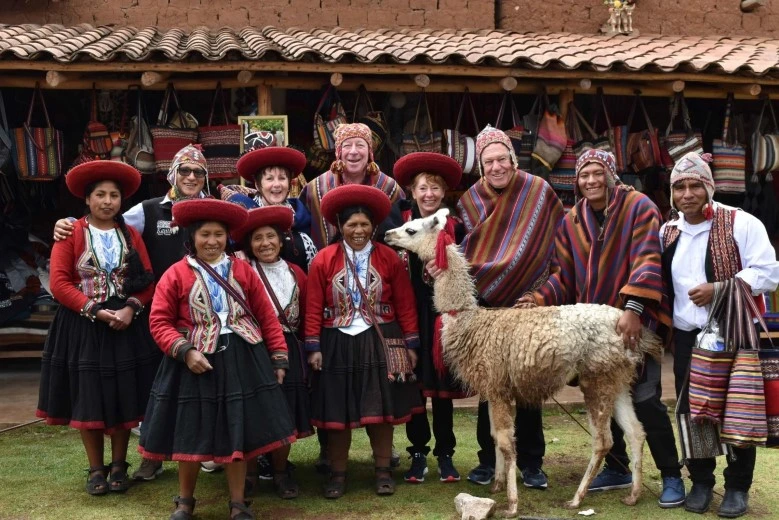
Visiting the Sacred Valley of the Incas in July is an excellent choice. The weather is very favorable, with sunny days and incredible landscapes that look even more stunning under clear skies. Plan your trip now with Travel Peru Agency to ensure a unique experience, with personalized itineraries and expert guides who will help you truly discover the history and culture of the Sacred Valley’s most fascinating locations.
Sacred Valley tours you might be interested in:
- Sacred Valley VIP – 1 Day
- Sacred Valley VIP, Machupicchu – 2 Days
- Sacred Valley Vip, Machu Picchu, Palccoyo – 5 Days
- Sacred Valley vip, Machupicchu, City Tour, Rainbow Mountain – 6 Days
- City Tour, Sacred Valley vip, Machupicchu, Rainbow Mountain, Humantay Lake – 6 Days
- Sacred Valley, Machupicchu, Manu Cultural Zone, Red Valley, Rainbow Mountain – 8 Days
